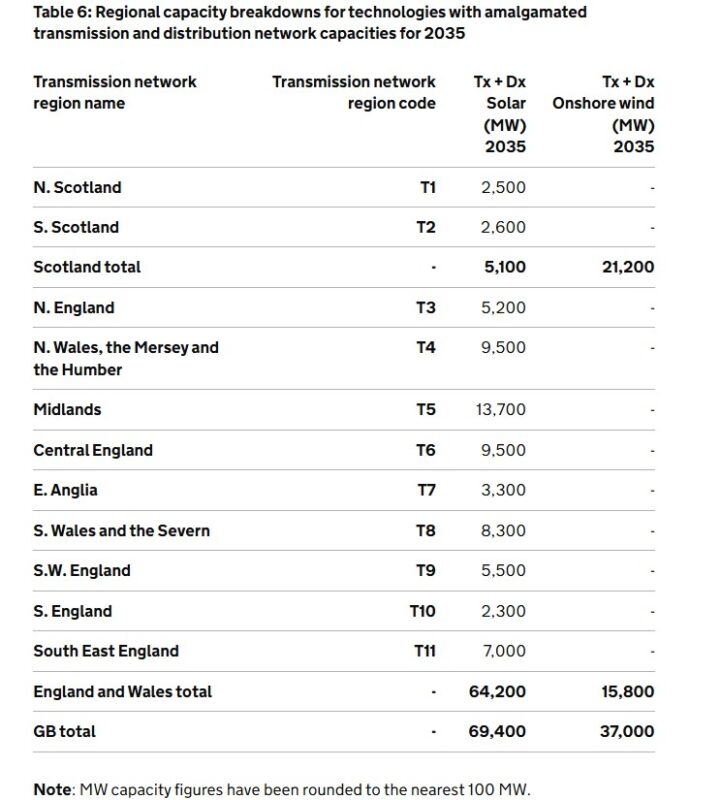
Energy minister Michael Shanks has written to the heads of the National Energy System Operator (NESO) and Ofgem to address concerns surrounding solar capacities in the Clean Power 2030 Action Plan (CPAP).
Following criticism that the solar capacity laid out in the Clean Power 2030 plan was based on “out of date” assumptions, the Department for Energy Security and Net Zero (DESNZ) has published an updated version of the Connections Reform Annex of the CPAP. The department stated that this is to “address a misalignment between solar capacity allocations and the solar pipeline for 2031 to 2035”.
Trade group Solar Energy UK had previously criticised the Clean Power Plan, arguing that while NESO figures state that 15.1GW of solar capacity is currently in place, Solar Energy UK put the figure close to 20GW.
DESNZ said the recent trend in the solar pipeline for projects at the transmission level was not fully reflected in NESO’s 2024 Future Energy Scenarios, which informed its Clean Power 2030 advice.
To solve this misalignment, DESNZ has decided to amalgamate the transmission and distribution allowances set out in CPAP for the period between 2031 and 2035. This will ensure that the most developed solar projects in both the transmission and distribution fields can be allocated capacity in their relevant region.

Shanks notes that this update to the CPAP is a “one-off” technical update, and overall solar capacity will remain the same as when the plan was initially published. Additionally, Shanks states that DESNZ has listened to stakeholder concerns and said that the department is satisfied that solar allocation for the 2031-2035 period is the only area where a reevaluation of the evidence has indicated that the CPAP needs editing.
As such, the department has made no other changes to the CPAP and states that there are currently no plans to reexplore capacities for any technology until the publication of the Strategic Spatial Energy Plan (SSEP) in late 2026. Shanks notes that: “increasing the overall capacity allocations for 2031 to 2035 for any technology would reduce the scope for the SSEP to optimise the future network by considering the most cost-effective spatial optimisation of different technologies in a holistic way”.

